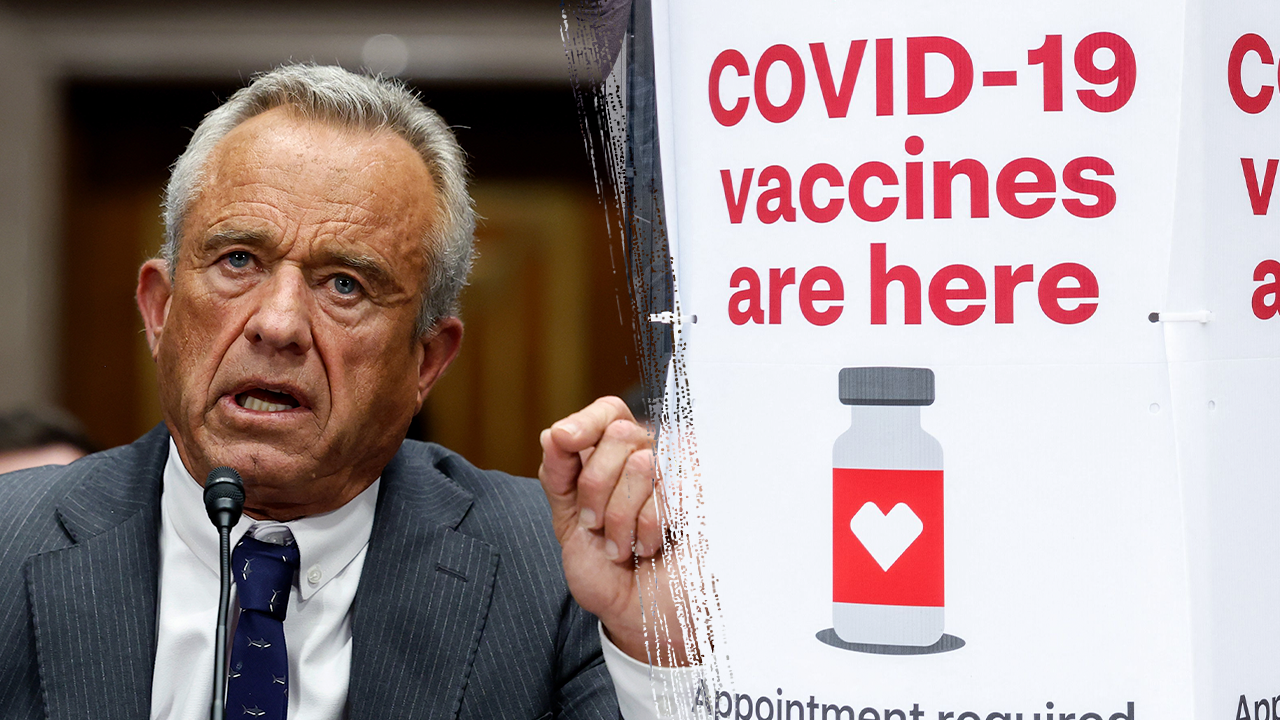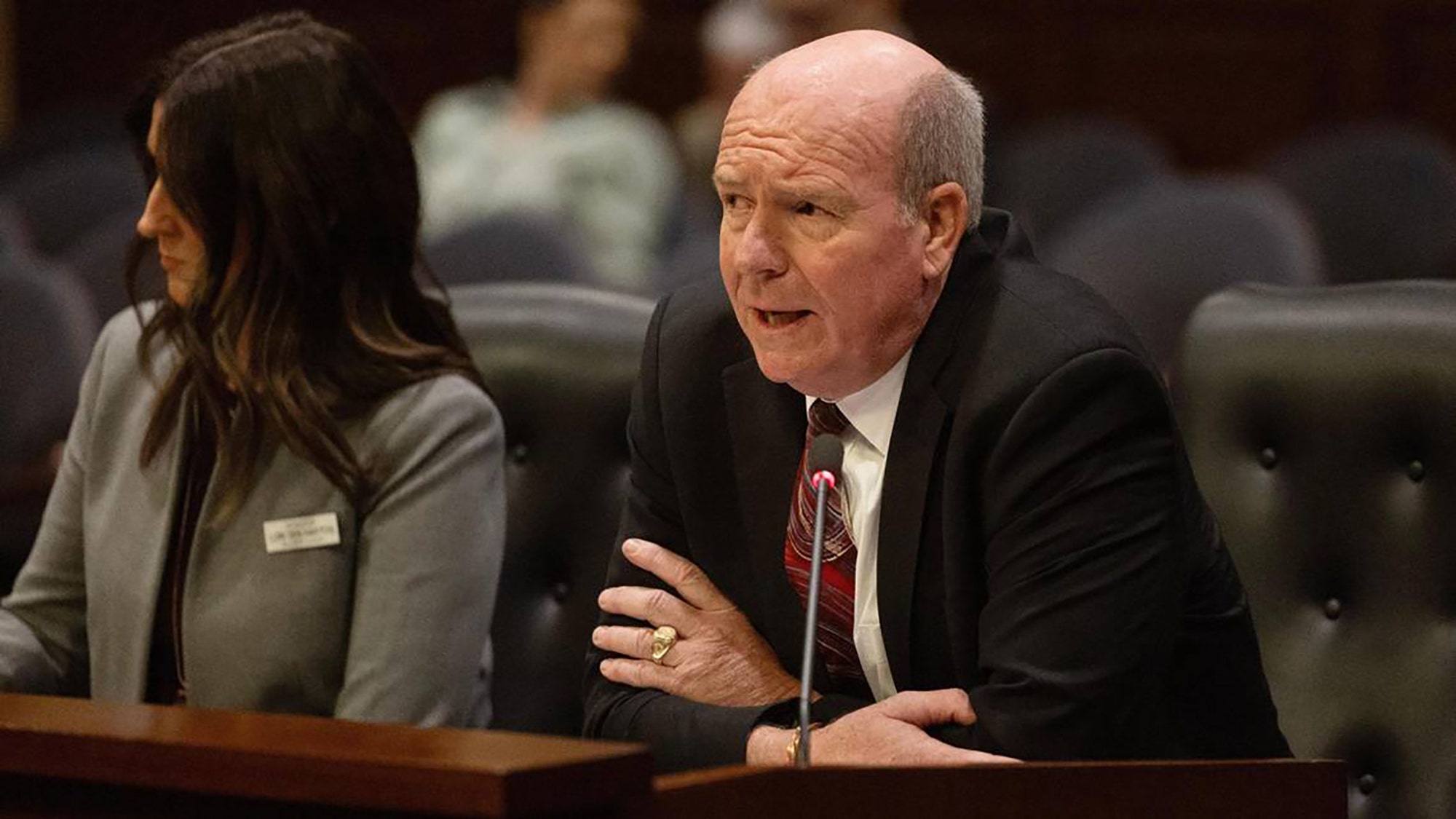Natural gas prices surged more than 20% on Monday after a wave of forecasts over the weekend predicted incoming arctic air could set the U.S. up for the coldest January in a decade or more.
Although prices pulled back some the next day, major market spikes this winter could be far from over.
Phil Flynn, an energy market analyst and FOX Business contributor, says America does have abundant supplies of natural gas built up, which is a good thing. The problem, in his view, is that the U.S. has also been complacent on the demand side when it comes to cold weather, because the country really has not seen the type of harsh winter being predicted in a long period of time.
He explained that the prolonged period of bitter cold being projected would not only drive up demand and deplete storage – possibly at the fastest pace we’ve ever seen – but risks disrupting production.
ENERGY PRICES ARE HIGH AND PEOPLE IN THESE STATES FACE THE HEFTIEST ELECTRICITY BILLS
“When you get a cold event like this, not only do you see record demand, but then you have the possibility of infrastructure freezing up,” Flynn said in an interview. “They have to shut the wells down because it’s too dangerous to produce.”

It’s not just the U.S. that could be impacted. Some forecasters say Europe can expect a colder winter due to the polar vortex, too, and that region is already seeing sky-high natural gas prices as storage is being depleted faster than usual.
TRUMP IS NOT GOING TO LET US GO DOWN THE YELLOW BRICK ROAD OF EUROPE’S ENERGY POLICIES: ECONOMIST
At the same time, Russian gas giant, Gazprom, is slated to halt all piped gas deliveries shipped through Ukrainian pipelines to other European countries, following the expiration of its five-year contract.
Flynn said that is another reason President Biden’s pause on liquid natural gas (LNG) export permits is “just ridiculous.”
The markets are reacting to all of these factors. So what does this mean for the consumer?
Flynn says when the price of natural gas jumps like it did this week, it typically takes a few months for those increases to reach consumers depending on what part of the country they live in and how their local utilities operate.
Regardless, when temperatures drop, Americans living in areas impacted by the cold snap can expect to see their bills go up almost immediately due to usage alone, because they tend to turn up their thermostats and their heaters run around the clock.
“The consumers feel it, mainly because they’re using more and the prices are going up as well,” Flynn told FOX Business. “It’s a double whammy.”
Read the full article here












